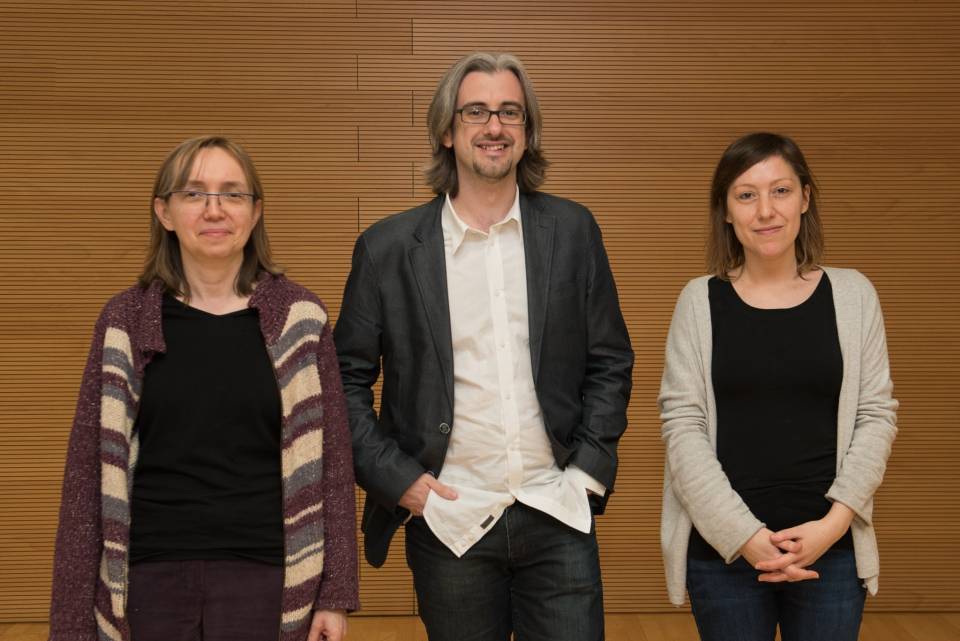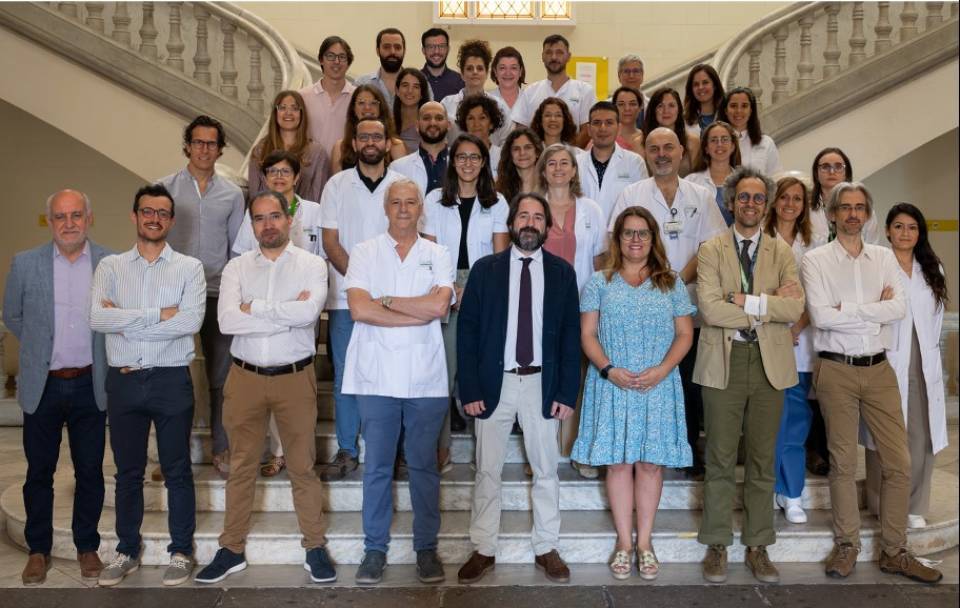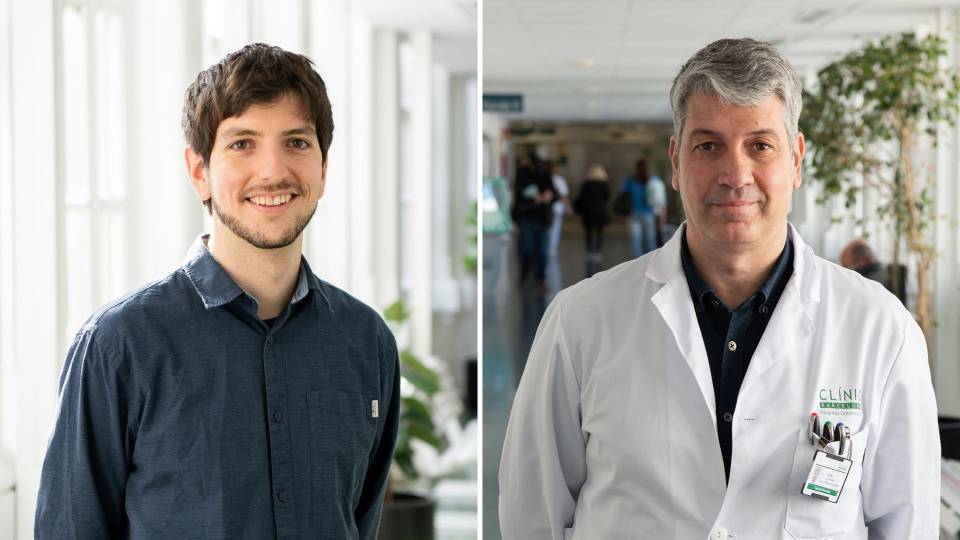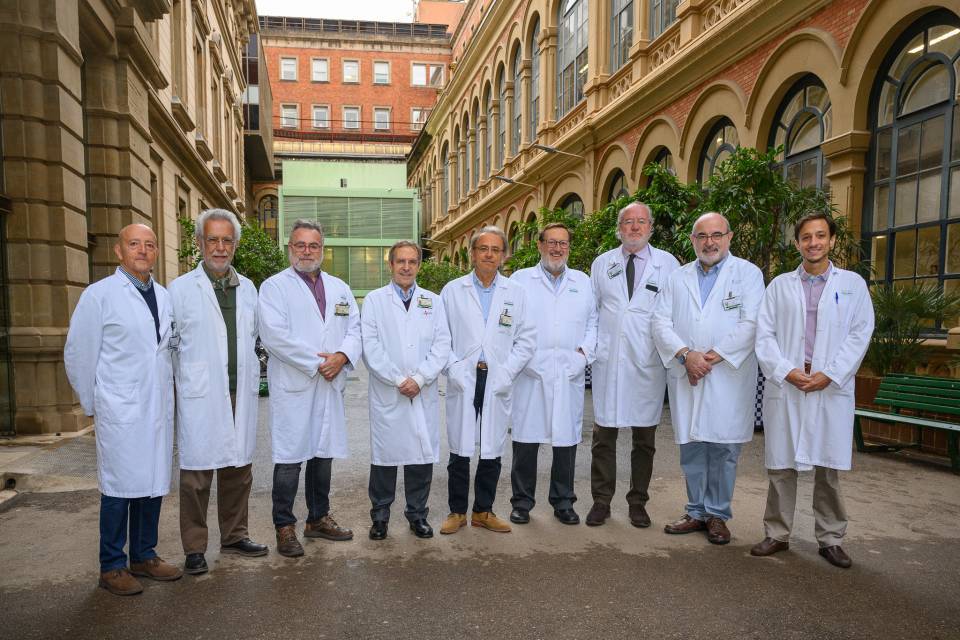Moderate and regular physical exercise helps to reduce the risk of cardiovascular disease. Nevertheless, recent studies suggest that practicing high-intensity exercise favors the appearance of coronary diseases, i.e., alterations to the arteries that supply the heart with blood, oxygen, and nutrients. “We do not have a lot of data, which makes it difficult to establish a causal relationship, due to the risk of bias and the possibility of confounding factors. It appears, however, that the prevalence of these diseases increases in people who run marathons or who practice extreme or high-intensity sports for many years. But we do not know why that happens”, explains Eduard Guasch, a cardiologist at Hospital Clínic, Barcelona and head of the IDIBAPS group Arrhythmias and physical activity.
Now, Guasch and his team are heading a study, published by the Journal of the American College of Cardiology - Basic to Translational Science, which assesses the effect of intense exercise in an animal model. Researchers from Universitat de Barcelona, the Institute for Bioengineering of Catalonia, and Hospital Sant Joan de Déu also took part in the study.
The study was performed in an animal model to be able to accurately control the intensity of exercise for long periods of time. The male rats used in the experiments were divided into 3 groups. The first group followed a regimen of moderate exercise that reproduced an active lifestyle, while the second group was subjected to a very high-intensity routine, similar to that of extreme athletes. Finally, the third group of animals, the sedentary group, remained in their cages. “The training, using a sort of treadmill for rodents, lasted for 16 weeks, very roughly equivalent to between 10 and 12 years of exercise in humans. After this time, we analyzed the rigidity and structure of the aorta, and its endothelial function. This last parameter is an early marker of atherosclerosis or hardening of the arteries, the main cause of myocardial infarction”, says Guasch.
According to the results, in comparison with a sedentary lifestyle, high-intensity physical exercise dilates and increases the rigidity of the aorta and carotid artery. Furthermore, it increases the rigidity of the cells and promotes the rupture of the elastic coating of the blood-vessel walls. “These effects, however, are not found with moderate exercise”, notes the researcher. “Both intense and moderate exercise improve endothelial function, although intense activity appears to alter the balance between the processes of dilation and contraction of the blood vessels”.
The team of researchers also identified some mechanisms involved in this vascular remodeling, which was maintained for up to 4 weeks after physical activity ceased. “Despite the limitations of using an animal model, our data suggest that intense exercise does not directly cause atherosclerosis, but a different process, similar to vascular ageing. Moreover, this type of activity may also reduce the benefits of moderate exercise”, concludes Guasch.
The project received direct funding from the Carlos III Institute of Health (ISCIII) and the National Plan (Spanish Ministry of Finance), and indirect funding from the Catalan government, as the group is one of the CIBERCV and FEDER research groups recognized by that institution.
Reference Article
Cira Rubies, Montserrat Batlle, Maria Sanz-de la Garza, Ana-Paula Dantas, Ignasi Jorba, Guerau Fernandez, Gemma Sangüesa, Marc Abuli, Josep Brugada, Marta Sitges, Daniel Navajas, Lluís Mont, Eduard Guasch. Long-term strenuous exercise promotes vascular injury by selectively damaging the tunica media: experimental evidence. J Am Coll Cardiol Basic Trans Science. Jul 13, 2022. Epublished DOI: 10.1016/j.jacbts.2022.02.017




